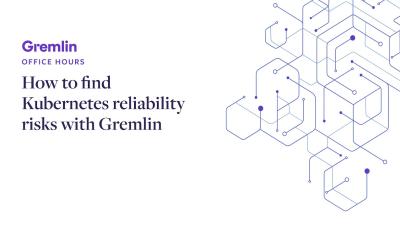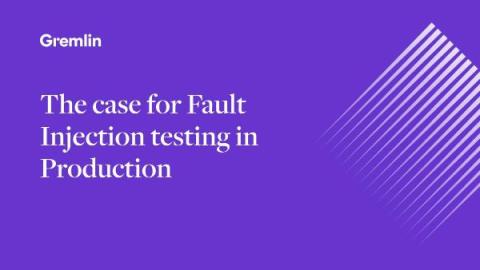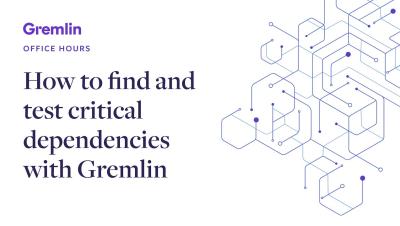Fault Injection in your release automation
One of the real successes of the Agile Software development movement has been the push to have regular, frequent deployments. This has manifested as build and deployment automation and the general adoption of CI/CD. As engineers automate more processes of their software release lifecycle, an important question is how to automate Quality Assurance, which includes resilience testing and, more specifically, Fault Injection.











